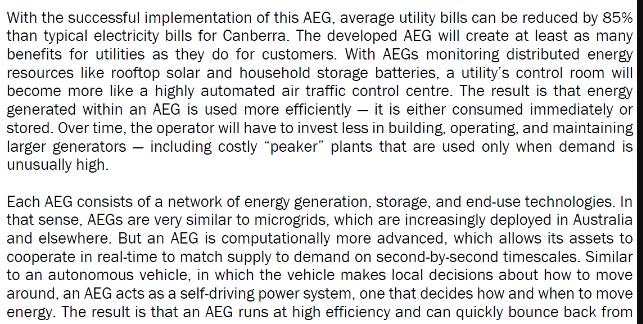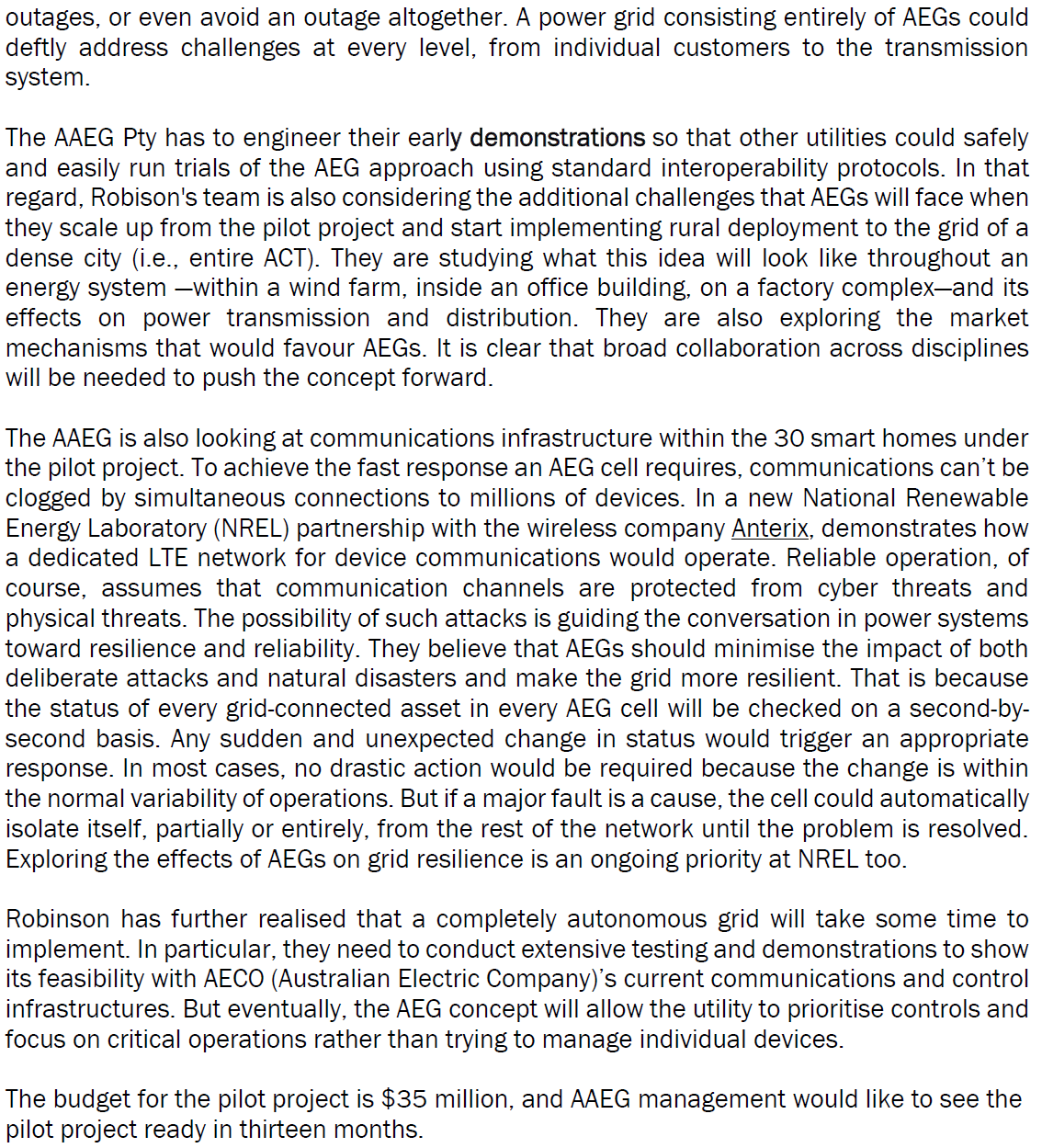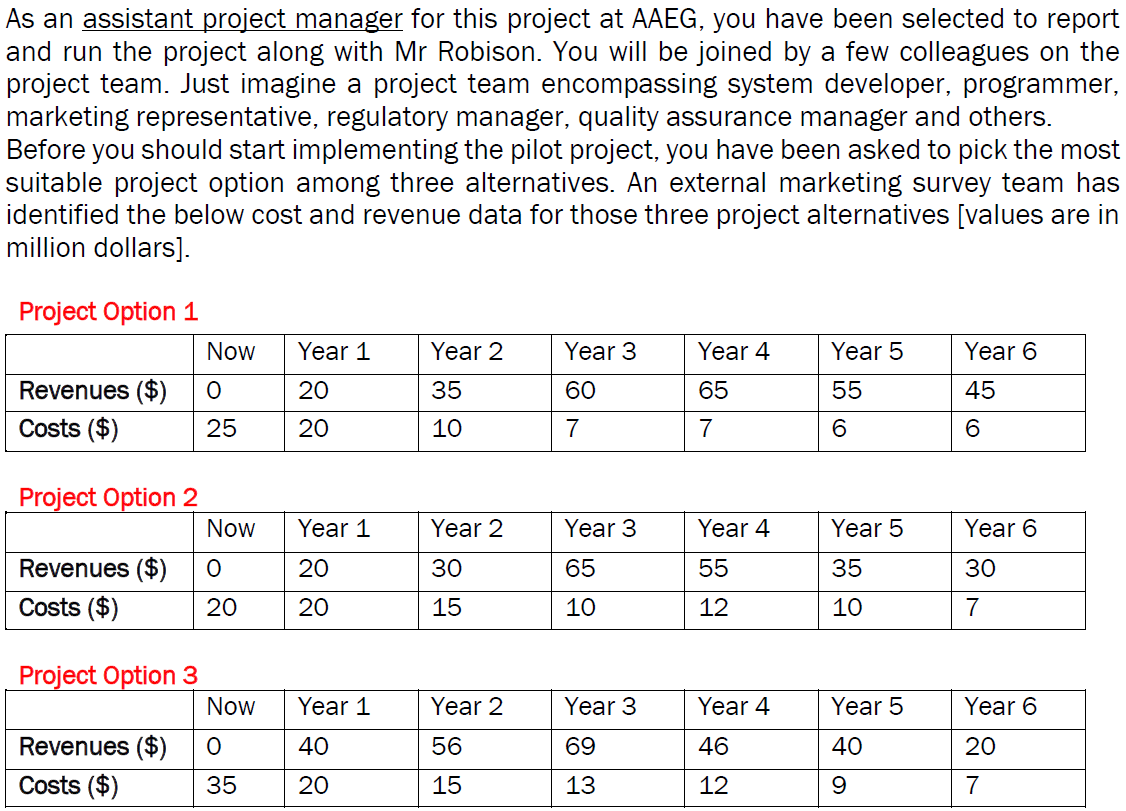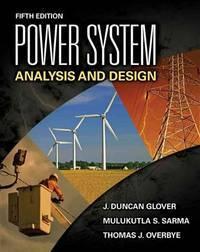Answered step by step
Verified Expert Solution
Question
1 Approved Answer
The Australian Autonomous Energy Grid (AAEG) Pty is a medium-sized technology company with expertise in developing and implementing microgrids and smart controllers to manage





The Australian Autonomous Energy Grid (AAEG) Pty is a medium-sized technology company with expertise in developing and implementing microgrids and smart controllers to manage the photovoltaic (PV) panels and batteries electric-vehicle charging, heating and cooling. AAEG has received a grant to develop and install a smart microgrid in Canberra's Australian Capital Territory (ACT). The explicit expectation from this grant is to cover the entire ACT in smart grids to automatically manage energy production and use across millions of controllable distributed energy resources. Thence, this concept underlies the autonomous energy grid (AEG), which is a vision for how the future of energy can be defined by resiliency and efficiency [1]. The in-house laboratory will develop the core technology for this AEG, while the onus is on the project manager to execute and implement this project. The project manager (Robison) has decided to take Gungahlin as a pilot area. His target is to consider 30 smart homes in that area and then build up an interconnection among them through a microgrid that, in turn, should connect to the main grid. Every smart appliance and energy resource (e.g., a storage battery, water heater, or solar PV system) within each home will be controlled to maximise energy efficiency. On a larger scale (and as per the concept of AEG), houses within the neighbourhood should rapidly share power, creating reliable electricity for everyone; for instance, solar energy generated at one house can be used to charge the electric car next door. In case a wildfire was to knock out power lines in the area, residents would still have electricity generated and stored within the neighbourhood. During the summer period (November to April), the PV systems should provide enough electricity and recharge the batteries for days at a time. With the heat running and snow on the solar panels in the dead of winter, the backup power should still last for about 2 hours. With the successful implementation of this AEG, average utility bills can be reduced by 85% than typical electricity bills for Canberra. The developed AEG will create at least as many benefits for utilities as they do for customers. With AEGs monitoring distributed energy resources like rooftop solar and household storage batteries, a utility's control room will become more like a highly automated air traffic control centre. The result is that energy generated within an AEG is used more efficiently - it is either consumed immediately or stored. Over time, the operator will have to invest less in building, operating, and maintaining larger generators including costly "peaker" plants that are used only when demand is unusually high. Each AEG consists of a network of energy generation, storage, and end-use technologies. In that sense, AEGs are very similar to microgrids, which are increasingly deployed in Australia and elsewhere. But an AEG is computationally more advanced, which allows its assets to cooperate in real-time to match supply to demand on second-by-second timescales. Similar to an autonomous vehicle, in which the vehicle makes local decisions about how to move around, an AEG acts as a self-driving power system, one that decides how and when to move energy. The result is that an AEG runs at high efficiency and can quickly bounce back from outages, or even avoid an outage altogether. A power grid consisting entirely of AEGs could deftly address challenges at every level, from individual customers to the transmission system. The AAEG Pty has to engineer their early demonstrations so that other utilities could safely and easily run trials of the AEG approach using standard interoperability protocols. In that regard, Robison's team is also considering the additional challenges that AEGs will face when they scale up from the pilot project and start implementing rural deployment to the grid of a dense city (i.e., entire ACT). They are studying what this idea will look like throughout an energy system within a wind farm, inside an office building, on a factory complex-and its effects on power transmission and distribution. They are also exploring the market mechanisms that would favour AEGs. It is clear that broad collaboration across disciplines will be needed to push the concept forward. The AAEG is also looking at communications infrastructure within the 30 smart homes under the pilot project. To achieve the fast response an AEG cell requires, communications can't be clogged by simultaneous connections to millions of devices. In a new National Renewable Energy Laboratory (NREL) partnership with the wireless company Anterix, demonstrates how a dedicated LTE network for device communications would operate. Reliable operation, of course, assumes that communication channels are protected from cyber threats and physical threats. The possibility of such attacks is guiding the conversation in power systems toward resilience and reliability. They believe that AEGs should minimise the impact of both deliberate attacks and natural disasters and make the grid more resilient. That is because the status of every grid-connected asset in every AEG cell will be checked on a second-by- second basis. Any sudden and unexpected change in status would trigger an appropriate response. In most cases, no drastic action would be required because the change is within the normal variability of operations. But if a major fault is a cause, the cell could automatically isolate itself, partially or entirely, from the rest of the network until the problem is resolved. Exploring the effects of AEGs on grid resilience is an ongoing priority at NREL too. Robinson has further realised that a completely autonomous grid will take some time to implement. In particular, they need to conduct extensive testing and demonstrations to show its feasibility with AECO (Australian Electric Company)'s current communications and control infrastructures. But eventually, the AEG concept will allow the utility to prioritise controls and focus on critical operations rather than trying to manage individual devices. The budget for the pilot project is $35 million, and AAEG management would like to see the pilot project ready in thirteen months. As an assistant project manager for this project at AAEG, you have been selected to report and run the project along with Mr Robison. You will be joined by a few colleagues on the project team. Just imagine a project team encompassing system developer, programmer, marketing representative, regulatory manager, quality assurance manager and others. Before you should start implementing the pilot project, you have been asked to pick the most suitable project option among three alternatives. An external marketing survey team has identified the below cost and revenue data for those three project alternatives [values are in million dollars]. Project Option 1 Now Year 1 Year 2 Year 3 Year 4 Year 5 Year 6 Revenues ($) 0 20 35 60 65 55 45 Costs ($) 25 20 10 7 7 6 6 Project Option 2 Now Year 1 Year 2 Year 3 Year 4 Year 5 Year 6 Revenues ($) 20 30 65 55 35 30 Costs ($) 20 20 15 10 12 10 7 Project Option 3 Now Year 1 Year 2 Year 3 Year 4 Year 5 Year 6 Revenues ($) 40 Costs ($) 35 22 56 69 46 40 20 20 15 13 12 9 7 Task A1.1: a. Being an assistant project manager, brainstorm a list of criteria by which you would select and prioritise your pilot project. b. With a financial analysis tool application, given that the discount rate is 14%, which alternative will you pick for the pilot project? Imagine that each project alternative comes with a package of expenditures and revenues. Justify your selection.
Step by Step Solution
There are 3 Steps involved in it
Step: 1

Get Instant Access to Expert-Tailored Solutions
See step-by-step solutions with expert insights and AI powered tools for academic success
Step: 2

Step: 3

Ace Your Homework with AI
Get the answers you need in no time with our AI-driven, step-by-step assistance
Get Started


